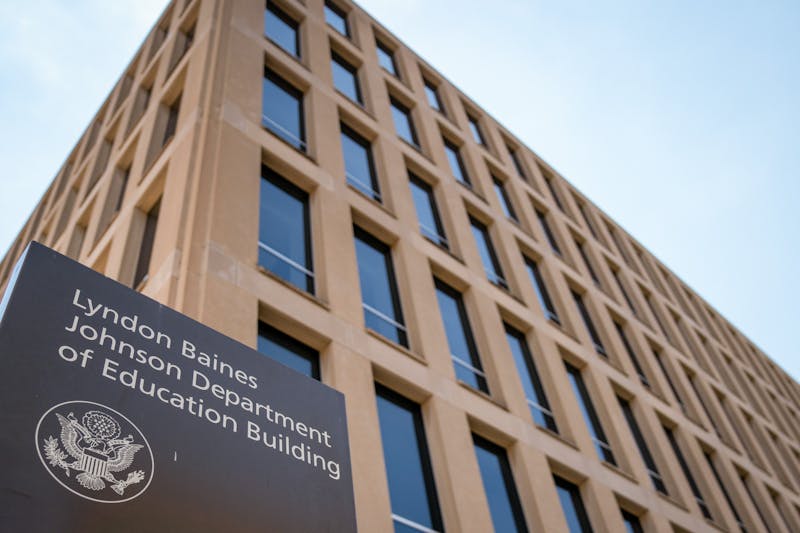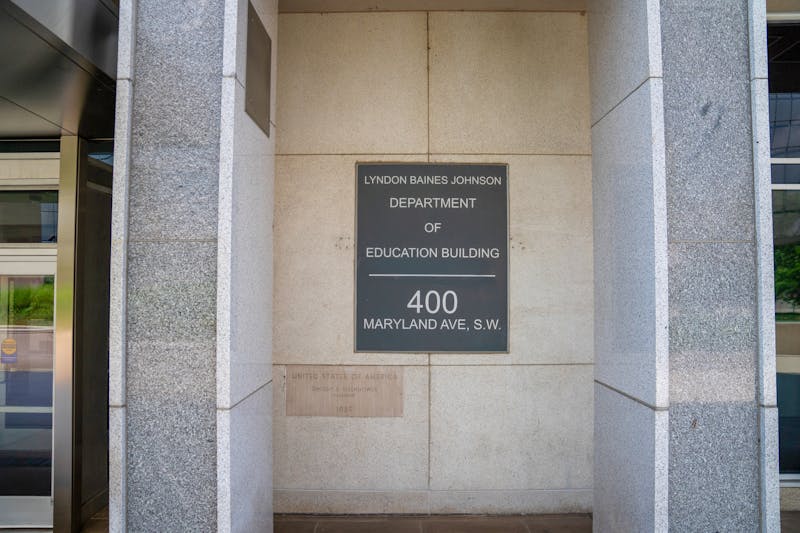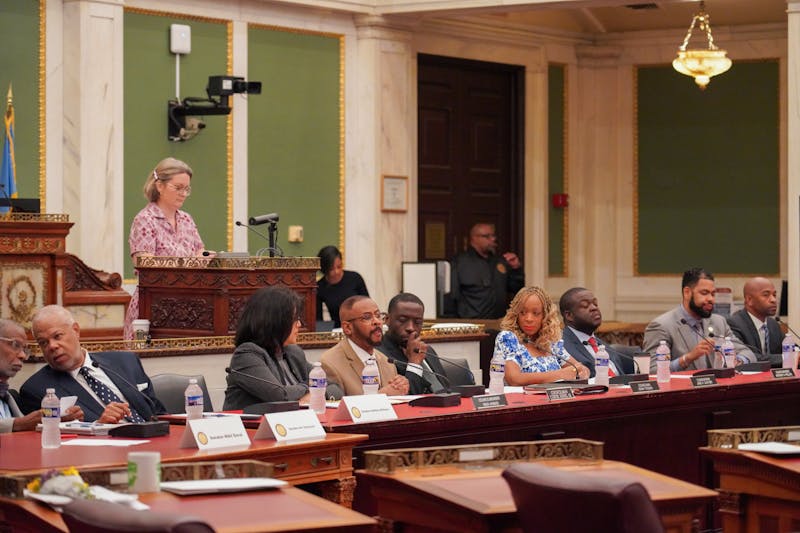
West Philadelphia residents gathered at a "West Philly Against the Arena" meeting on Oct. 8 to protest the new proposed 76ers arena, which is set to be built near Philadelphia's Chinatown.
The meeting, which took place at the Philadelphia Folklore Project, is part of a citywide effort against the arena led by the No Arena in Chinatown Solidarity Group, an affinity group organizing in support of the Save Chinatown Coalition. The meeting aimed to encourage neighbors' engagement with the issue of the arena proposal and call on Philadelphia's City Council to know the full facts of the proposal and its impacts before voting on legislation.
NACSG is specifically calling for residents to ask Philadelphia City Councilmember Jamie Gauthier — whose district contains Penn — to challenge the arena proposal and demand transparency on its implications for taxpayers, public services, and infrastructure, according to a post on the NACSG Instagram.
The meeting was scheduled following 2016 Fels Institute of Government graduate and Philadelphia Mayor Cherelle Parker's public endorsement of the arena project on Sept. 18.
"The administration is just trying to push this proposal through without community input and without any sort of due diligence around … the impact of a development of this size," NACS volunteer Rosie Mae Henson told The Daily Pennsylvanian.
Henson is also a co-facilitator of the group's research committee, which has been reviewing the results of the impact studies commissioned by the City of Philadelphia to assess the potential consequences of the arena project.
One major concern noted by the studies is the effect the arena would have on citywide traffic and transportation.
"If at least 41% of attendees drive to the arena for an event, there will be widespread gridlock,” Henson said, noting that 85% of fans currently drive to games and events at the existing sports complex in South Philadelphia. “It’s not reasonable to expect that number to suddenly reduce.”
The potential financial strain on the city is another pressing issue. Despite developers claiming the project is 100% privately funded, NACS found tax loopholes that could result in significant losses for Philadelphia’s taxpayers, according to Henson.
She said that payments in lieu of taxes (PILOTs) allow developers to negotiate lower property tax payments, and the developers’ PILOT arrangement will allow them to pay just $2.7 million a year in property taxes instead of the estimated $15 million, which will save them $400 million over time.
“This isn’t taxpayer-funded, but they’re also not paying into schools or other public services,” Henson said.
NACS has partnered with groups across Philadelphia, including Philly Thrive, which advocates for environmental justice and has similarly faced development challenges without community input, to make residents across the city aware of the arena’s wide-reaching impact and stress that the proposal isn’t just an issue for Chinatown.
“This sort of predatory development is not an isolated issue,” Henson said. “It happens in communities across Philadelphia.”
As the conversation around the arena project intensifies, NACS is pushing for increased community engagement and action. The group is continuing to organize outreach efforts and planning a large-scale rally for Oct. 24, when City Council legislation for the arena project is set to be introduced on Oct. 24.
Henson urged residents to voice their opposition by contacting their council members and participating in the rally.
“This is a story of billionaires against the city,” she said.
The Daily Pennsylvanian is an independent, student-run newspaper. Please consider making a donation to support the coverage that shapes the University. Your generosity ensures a future of strong journalism at Penn.
Donate







